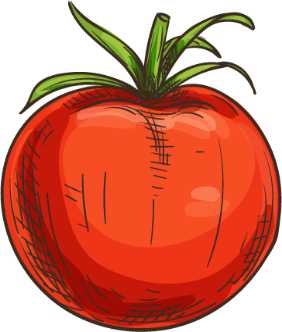Beaufort County Schools

District Details
Beaufort County, South Carolina
District Enrollment: 22000
District F/R: 57%
District ADP: 54%
Production Model: Contracted Food Service Management Company
School Year Implemented: 2016-2017
# of Grants Awarded: 10

District Details
Beaufort County, South Carolina
District Enrollment: 22000
District F/R: 57%
District ADP: 54%
Production Model: Contracted Food Service Management Company
School Year Implemented: 2016-2017
# of Grants Awarded: 10
Participating Schools
| Beaufort Elementary School | Broad River Elementary School | Whale Branch Elementary School | Hilton Head Creative Arts | Hilton Head IB Elementary | St. Helena Elementary | McRiley Elementary | Mossy Oaks Elementary | Port Royal Elementary | Red Cedar Elementary |
|---|---|---|---|---|---|---|---|---|---|
| Age Group: K - 5 | Age Group: K - 5 | Age Group: K - 5 | Age Group: K - 5 | Age Group: K - 5 | Age Group: K - 5 | Age Group: K - 5 | Age Group: K - 5 | Age Group: K - 5 | Age Group: K - 5 |
| School Size: Medium (301-900) | School Size: Medium (301-900) | School Size: Medium (301-900) | School Size: Medium (301-900) | School Size: Large (900+) | School Size: Medium (301-900) | School Size: Medium (301-900) | School Size: Medium (301-900) | School Size: Small (Under 300) | School Size: Medium (301-900) |
| School Environment: Rural | School Environment: Rural | School Environment: Rural | School Environment: Rural | School Environment: Rural | School Environment: Rural | School Environment: Rural | School Environment: Rural | School Environment: Rural | School Environment: Rural |
| School F/R: 100% | School F/R: 67% | School F/R: 100% | School F/R: 61% | School F/R: 61% | School F/R: 100% | School F/R: 77% | School F/R: 69% | School F/R: 63% | School F/R: 63% |
| School ADP: 48% | School ADP: 54% | School ADP: 84% | School ADP: 40% | School ADP: 44% | School ADP: 81% | School ADP: 63% | School ADP: 58% | School ADP: 53% | School ADP: 60% |




